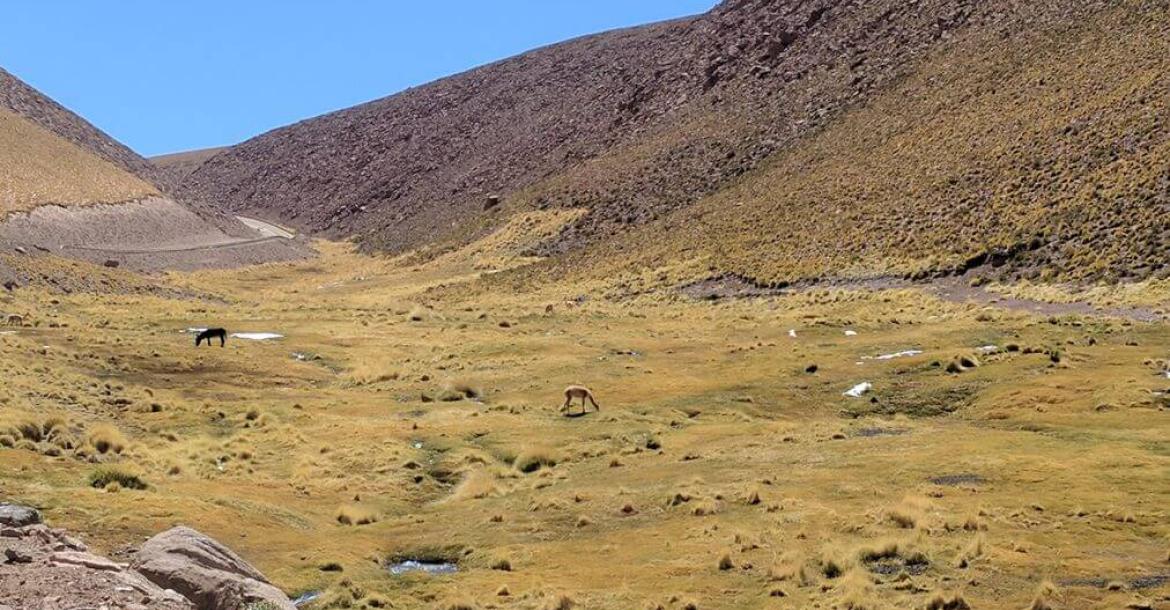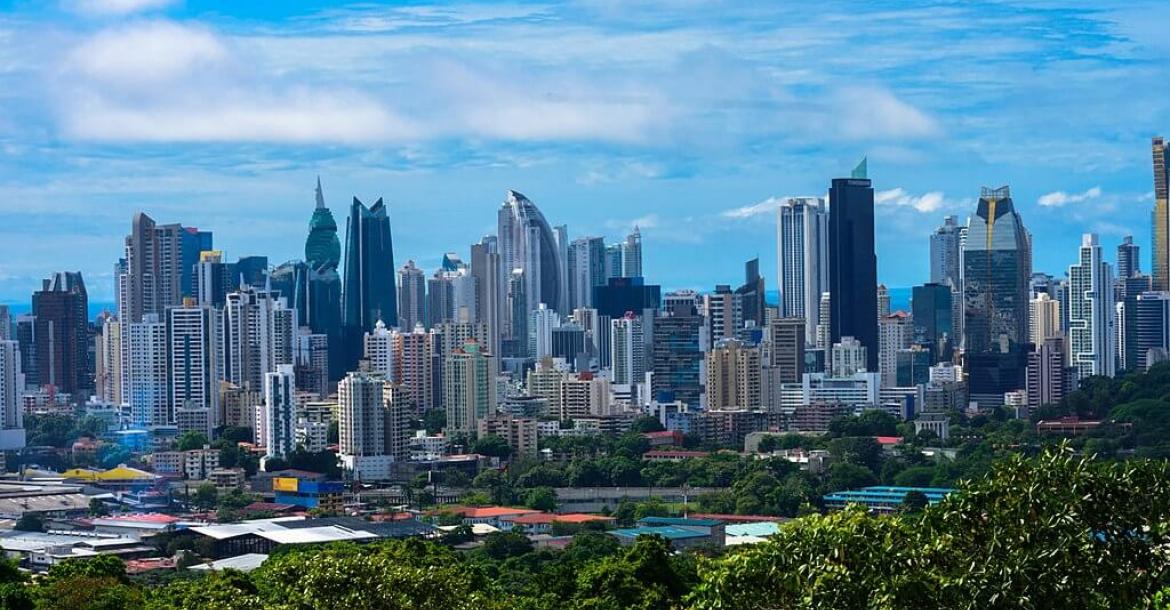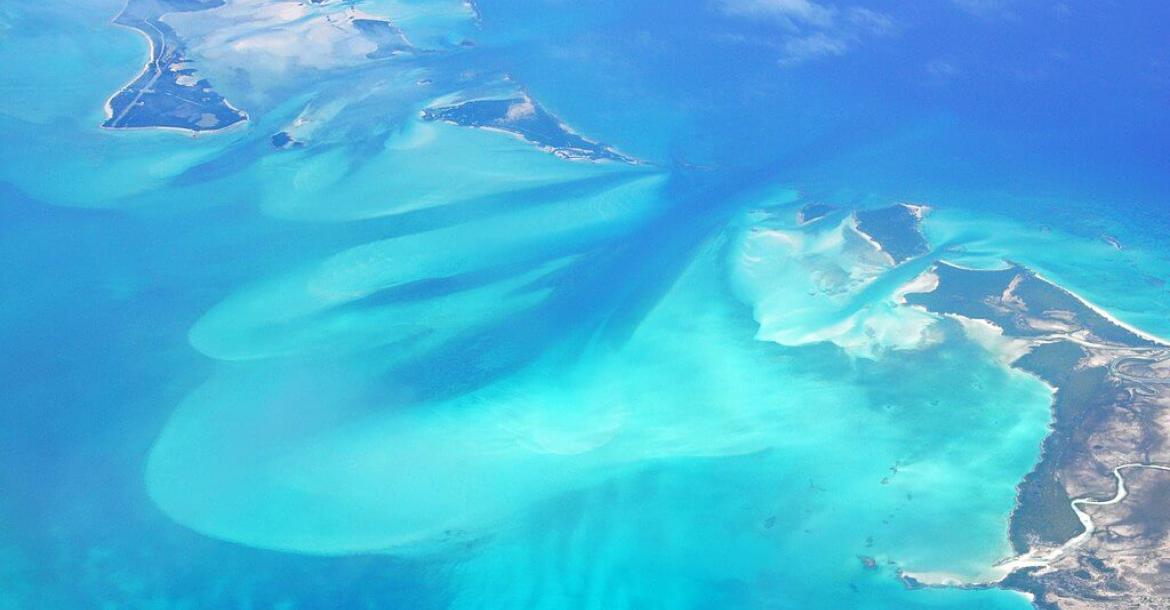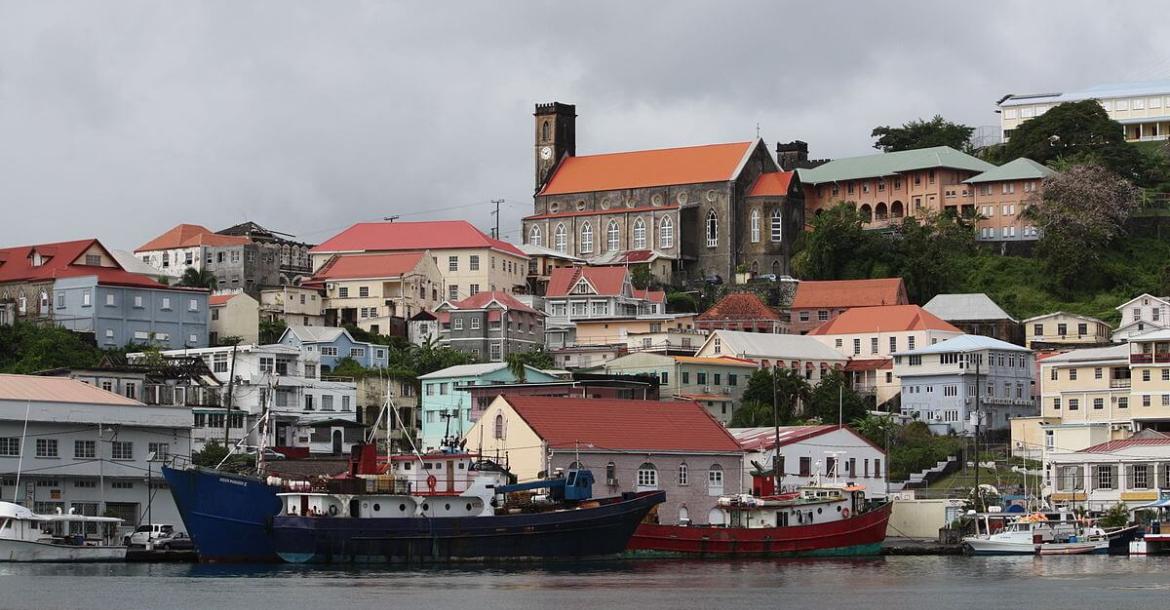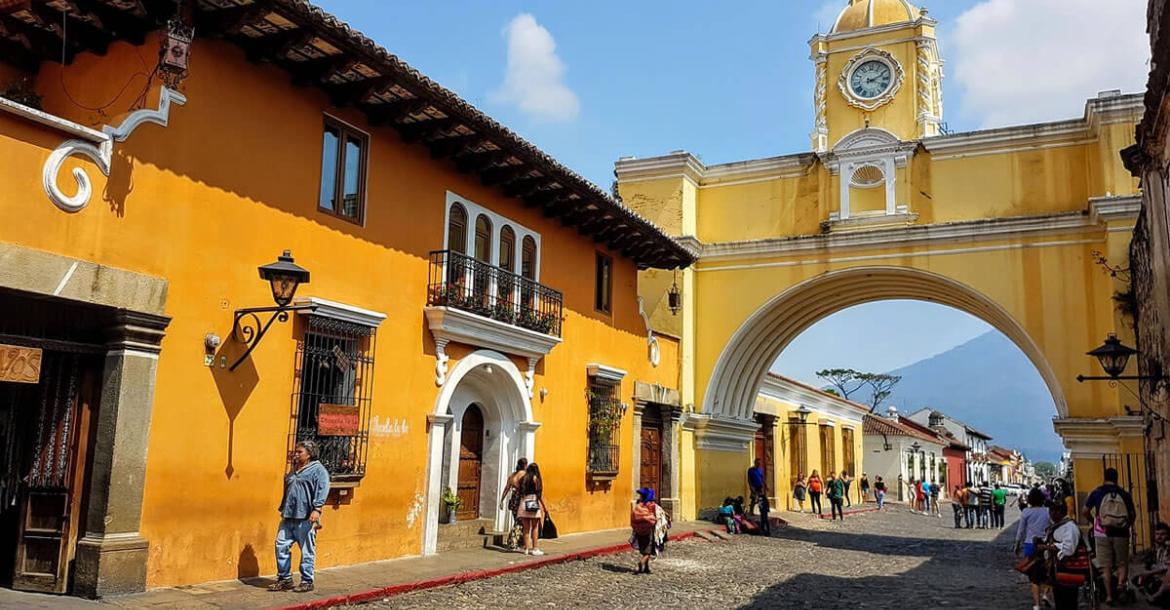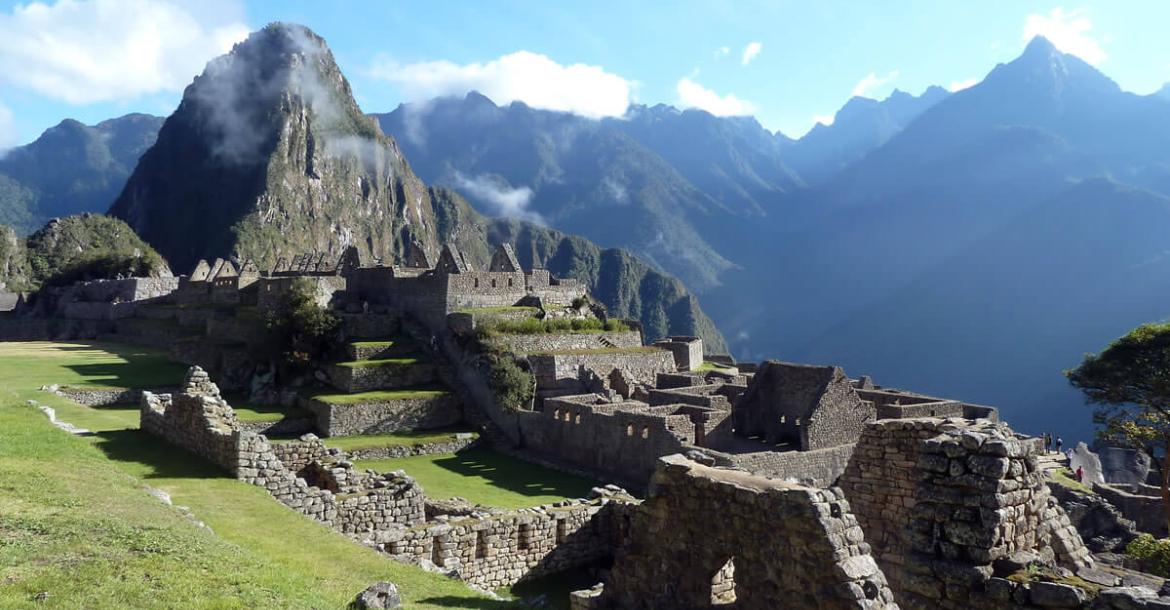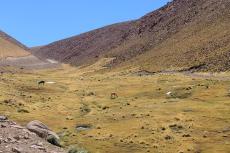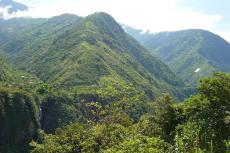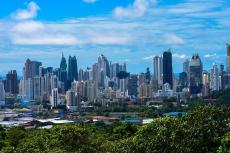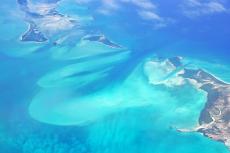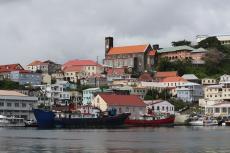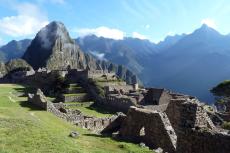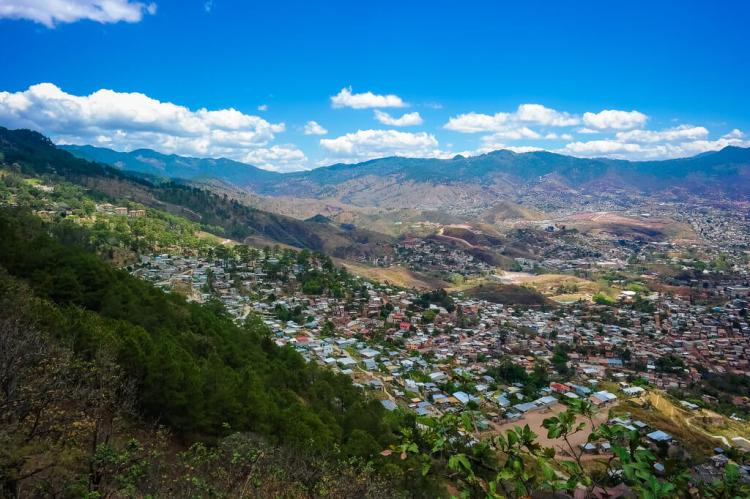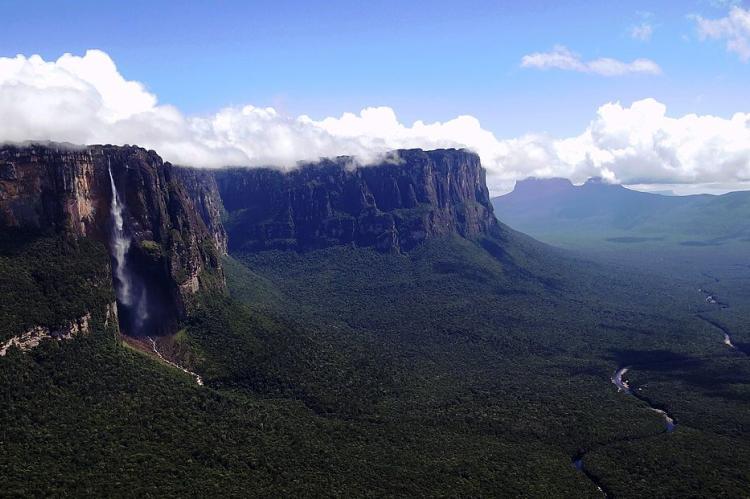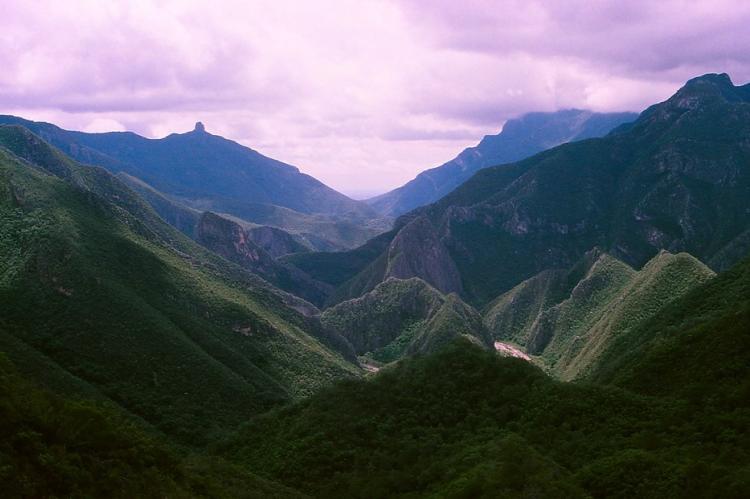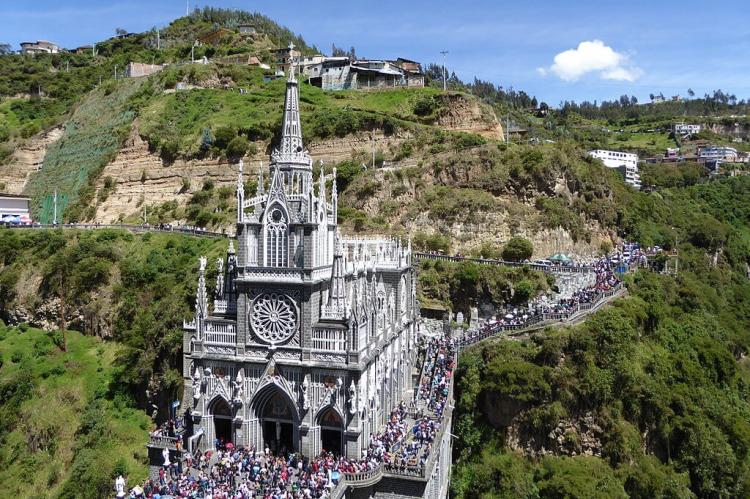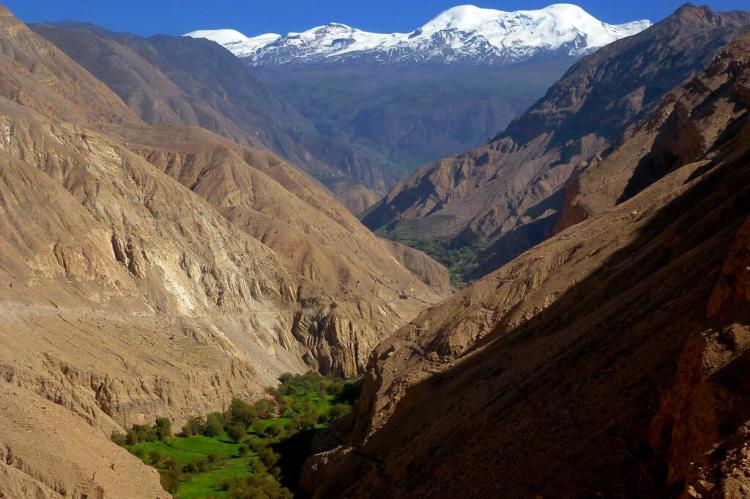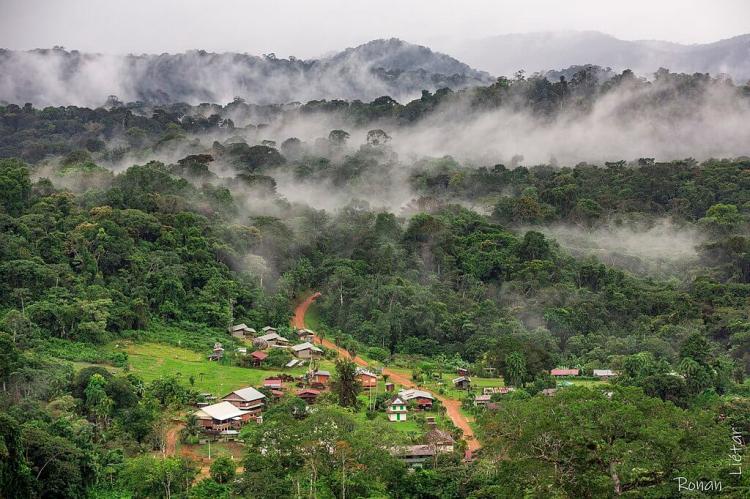The Latin American Region: A Mosaic of Geography, Biodiversity, Climate, and Culture
Latin America, a sprawling and diverse region, extends from the southern boundary of North America to the southernmost point of South America. It encompasses numerous countries, cultures, terrains, and ecosystems, including Mexico, the Caribbean, Central America, and South America.
The Latin American Region: A Mosaic of Geography, Biodiversity, Climate, and Culture
Latin America, often described as a rainbow of diversity, is a mesmerizing region that stretches from the southern border of the United States to the southernmost tip of South America. This expansive territory encompasses an astonishing array of countries, cultures, and ecosystems, including the enchanting islands of the Caribbean Archipelago, the captivating landscapes of the Central American Isthmus, the multifaceted expanse of Mexico, and the diverse wonders of the South American Continent.
The Latin American region is typically categorized as cultural and geographical. It's a region defined by common cultural, historical, and linguistic ties and shared geographical proximity. Latin America encompasses a diverse group of countries and territories in the Americas where Romance languages, primarily Spanish and Portuguese, are spoken due to the historical influence of European colonization.

Map of the Latin American Region
Geography
The geography of Latin America showcases a striking interplay of contrasts and coexistence. This region features the pristine white sands of its islands, gently washed by the azure waters of the Caribbean Sea, alongside towering ancient mountain ranges that oversee wild, untamed landscapes.
The Caribbean
The Caribbean Archipelago, adorned with its paradisiacal islands, offers a captivating beauty that warmly embraces visitors and locals. Nestled within the Caribbean Basin, these islands possess a unique charm. Puerto Rico's lush rainforests and Cuba's vibrant culture are just a glimpse of the diverse landscapes and characters that define the Caribbean's geography. From the Bahamas' pristine beaches to Dominica's volcanic terrain, the region is a mosaic of destinations, each contributing to the rich and diverse story of the Caribbean.
Mexico
Situated at the crossroads of North and Central America, Mexico is a land of immense cultural and geographical diversity. Its terrain varies from rugged sierras to expansive sandy beaches, encompassing arid deserts and verdant jungles. Throughout Mexico, remarkable archaeological sites like Chichen Itza and Palenque stand as a testament to the grandeur of ancient civilizations, including the Maya and the Aztecs. They showcase the rich history and architectural marvels that have left an indelible mark on the country.
Mexico's vibrant cities, notably Mexico City, offer a harmonious blend of colonial history, indigenous heritage, and contemporary urban life. Within their bustling streets, you'll encounter many unique experiences that reflect the country's multifaceted cultural legacy.
Central America
The Central American Isthmus connects the two American continents and has awe-inspiring ecological diversity. Within its borders, lush rainforests teem with exotic wildlife, enigmatic Mayan ruins beckon the curious traveler, and majestic volcanic mountains witness the area's tumultuous geological history.
Venturing into Central America, you can lose yourself in the ethereal beauty of Costa Rica's cloud forests, where the air is thick with mist, and verdant foliage obscures the sun. Alternatively, you can stand in awe of the fiery spectacle of volcanoes that define Nicaragua's landscape, offering a humbling reminder of the Earth's untamed forces.
Central America is a land of natural wonder, where ancient traditions intermingle harmoniously with modern society. Indigenous cultures thrive and coexist with contemporary ways of life, creating a vibrant and distinctive blend of traditions that captivates the visitor's senses and fosters an appreciation for the region's rich culture.
South America
The South American Continent, encompassing the most significant portion of Latin America, offers an astounding variety of landscapes. Its defining feature is the magnificent Andes mountain range, which stretches like a formidable spine through the continent. These towering peaks conceal an array of ecosystems and microclimates, each with unique biodiversity.
Contrasting with the rugged grandeur of the Andes, the Amazon Rainforest, the world's largest tropical rainforest, thrives in the Amazon River basin. This lush and verdant wilderness hosts an astonishing array of plant and animal species, many of which have yet to be discovered by science.
To the west of the continent, the Atacama Desert in Chile showcases a striking beauty in its arid landscapes, providing a dramatic contrast to the fecundity of the Amazon. In this desolate expanse, nature has sculpted surreal and otherworldly vistas. On the other hand, the pampas of Argentina sprawl like an endless sea of grass, a testament to the vastness of the South American plains. Here, the landscape is dominated by an expanse of rolling grasslands, home to diverse wildlife and essential for the country's agricultural heritage.
The Amazon River, second in length only to the Nile, meanders through South America, serving as the lifeblood of the rainforest and shaping the landscape as it flows. Its tributaries weave through the dense vegetation, creating an intricate network of waterways that sustain an astonishing variety of life. This rich aquatic ecosystem is home to elusive jaguars, colorful macaws, and many fish species that thrive in the river's waters.
Biodiversity
Latin America hosts the world's most awe-inspiring biodiversity within this diverse geographical realm. The region is renowned for its unparalleled wealth of flora and fauna, with a significant portion of the planet's species calling it home. Latin America is a treasure trove of life, where countless species are yet to be discovered and documented. The Amazon Rainforest, in particular, stands as a global biodiversity hotspot.
This pristine wilderness is home to a staggering variety of plant species, some used in medicine, while others are yet to reveal their potential. The towering trees of the rainforest create a multilayered habitat that supports an array of animals, from arboreal monkeys to elusive big cats like jaguars and ocelots. The Amazon Rainforest protects over 1,300 bird species, such as vibrant toucans and iridescent hummingbirds.
In Central America, dense rainforests teem with life, from the vibrant feathers of quetzals to the haunting calls of howler monkeys. The region's diverse ecosystems offer shelter to countless amphibians and reptiles, with frogs displaying a breathtaking palette of colors. Mexico's biodiversity is equally remarkable, with its rainforests hosting jaguars and tapirs in the south. At the same time, the northern deserts are home to unique species like the pronghorn and the Gila monster. The Caribbean islands, with their unique ecosystems, are a testament to the adaptability of life, with species like the Jamaican iguana and the Hutia, an endemic rodent, showcasing the marvels of evolution on isolated islands.
Latin America's biodiversity is not confined to terrestrial ecosystems; its oceans also teem with life. The turquoise waters of the Caribbean are home to an astonishing variety of marine species, from graceful sea turtles to playful dolphins. The Galápagos Islands, an archipelago off the coast of Ecuador, are renowned for their unique and diverse array of species. These islands were pivotal in inspiring Charles Darwin's theory of evolution, as he marveled at the adaptations of finches and tortoises to their isolated environments.
Climate
The climate of Latin America is as diverse as its geography, ranging from tropical paradises to harsh, arid landscapes. The Caribbean islands bask in a tropical environment, where warm temperatures and azure waters are constants, inviting travelers to explore their idyllic shores year-round.
Central America experiences a mosaic of climatic conditions, from tropical rainforests to subtropical regions and temperate highlands, all dependent on elevation. The region's unique geography and topography create a kaleidoscope of climates. Lowland rainforests boast a sultry and humid atmosphere, while mountainous areas provide respite through cooler temperatures and crisp, clean air.
With its vast size and geographical diversity, Mexico showcases a wide range of climates. Coastal areas offer the allure of tropical breezes, while the central plateau experiences a more temperate climate. The highland regions of Mexico can be cool and even cold during the winter, while the northern deserts, like the Sonoran Desert, are known for their scorching summers. These climatic variations have greatly influenced Mexico's diverse regions' culture, traditions, and agricultural practices.
South America's climatic variety is equally captivating. The Amazon Rainforest is characterized by high temperatures and heavy rainfall throughout the year, with seasonal variations influencing the amount of precipitation. In stark contrast, the Atacama Desert in Chile is one of the driest places on Earth, with its otherworldly landscapes of salt flats and barren expanses. Along the coastal areas of South America, such as the enchanting beaches of Brazil, a temperate climate prevails, marked by distinct wet and dry seasons. These unique climates and ecosystems are pivotal in shaping the regions' biodiversity and cultural practices, as the environment influences how people live, work, and connect with their surroundings.
Culture
Latin America's cultural mosaic is as intricate and diverse as its geography and climate. It is a region where the legacies of Indigenous peoples, European colonialism, African heritage, and Asian immigration intertwine to create a captivating blend of traditions and customs. Language, music, art, and religion reflect this rich fusion of cultures.
Language
Spanish and Portuguese are the dominant languages of South America, owing to the colonial legacy of Spain and Portugal. However, the Caribbean islands are a linguistic kaleidoscope, with English, French, Spanish, Dutch, and Creole languages spoken in various forms.
Spanish is the most widely spoken language in Central America, but Indigenous languages continue to thrive in some regions, preserving the cultural heritage of native communities. With its rich Indigenous heritage and colonial history, Mexico boasts a diverse linguistic landscape. Spanish is the dominant language, and numerous Indigenous languages are spoken by various communities, including Nahuatl, Yucatec Maya, and Mixtec.
Music
Music in Latin America is a powerful cultural force, with distinct styles originating from different parts of the region. Salsa and merengue find their roots in the Caribbean, while samba and bossa nova are quintessential to Brazil. Tango, with its passionate and evocative dance, hails from the neighborhoods of Buenos Aires.
Jamaica's reggae rhythms have reverberated across the globe, inspiring countless artists. Mexico, with its vibrant Mariachi music, rancheras, and folkloric dance traditions, has made significant contributions to the world of music. These musical genres reflect the heart and soul of the Latin American people, celebrating life, love, and resilience.
Visual Arts
Visual arts have also left an indelible mark on the cultural landscape of Latin America. Mexico, in particular, is renowned for its murals, which vividly depict the country's history, struggles, and dreams. The works of iconic artists like Frida Kahlo and Diego Rivera are celebrated globally for their profound expressions of emotion and social commentary.
The Latin American literary tradition has given birth to numerous influential writers, such as Gabriel García Márquez, Pablo Neruda, and Mario Vargas Llosa, whose works have made substantial contributions to the world of literature, often exploring themes of magical realism, love, and the human condition.
Religion
Religion plays a significant role in the lives of Latin Americans. Most people adhere to Catholicism, a Spanish and Portuguese colonization legacy. However, there is also a growing presence of Protestantism, as well as a rich collage of Indigenous spiritual beliefs and syncretic religious practices that blend Indigenous and European traditions. These religious traditions are expressed through colorful festivals, processions, and rituals that provide a window into the soul of the Latin American people.
Conclusion
In conclusion, Latin America is a world unto itself, a mosaic of geography, biodiversity, climate, and culture. It is a region of natural wonders, cultural richness, and historical significance. To truly understand and appreciate its depth and complexity, one must embark on a profound journey of exploration, where one can witness the marvels of nature, celebrate humanity, and experience the enchanting narratives of a diverse and vibrant region.
